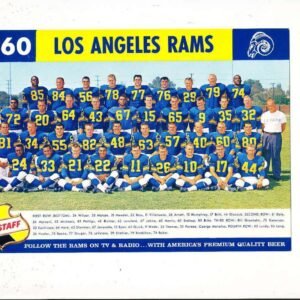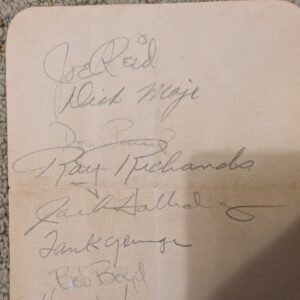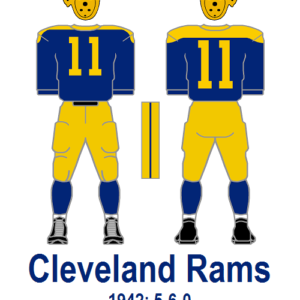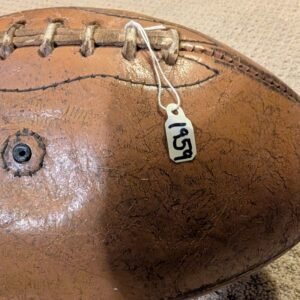Description
The 1970 Los Angeles Rams had a notable season, finishing with a 9–4–1 record, which earned them a spot in the playoffs. This season marked a turning point for the Rams, as they made their first postseason appearance since 1969 and began to embrace a new era under head coach George Allen, who had taken over the coaching duties in 1970.

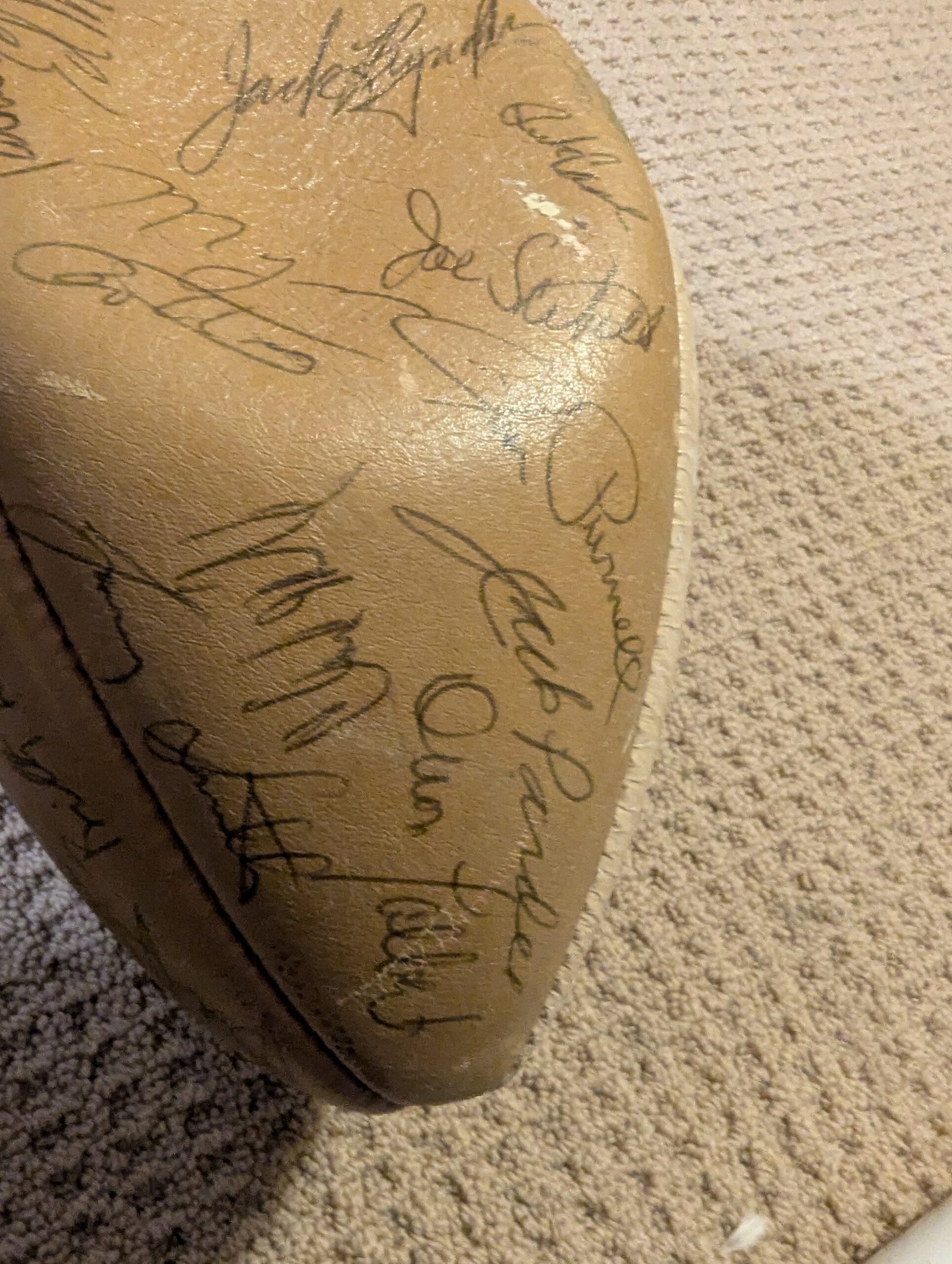

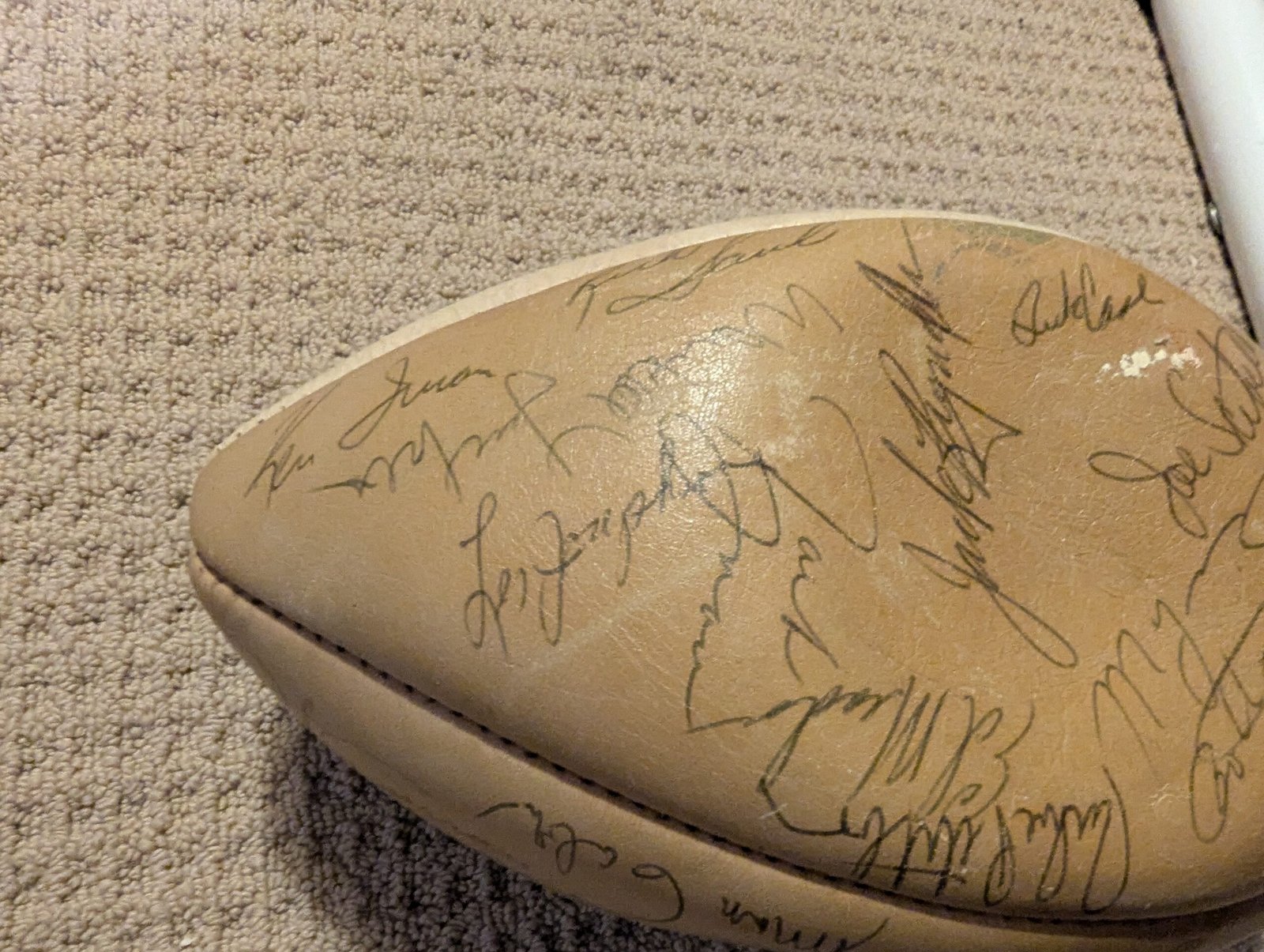
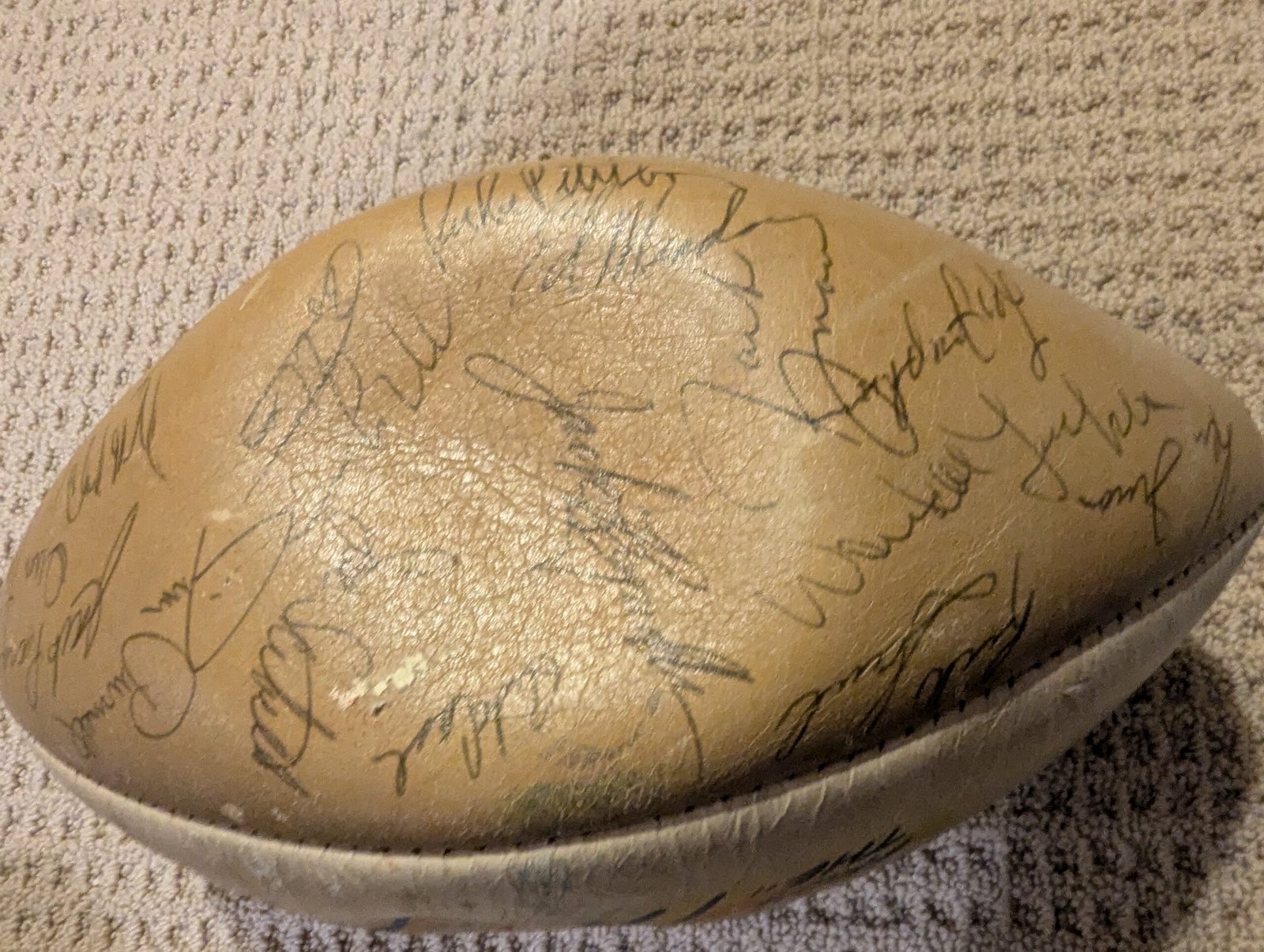
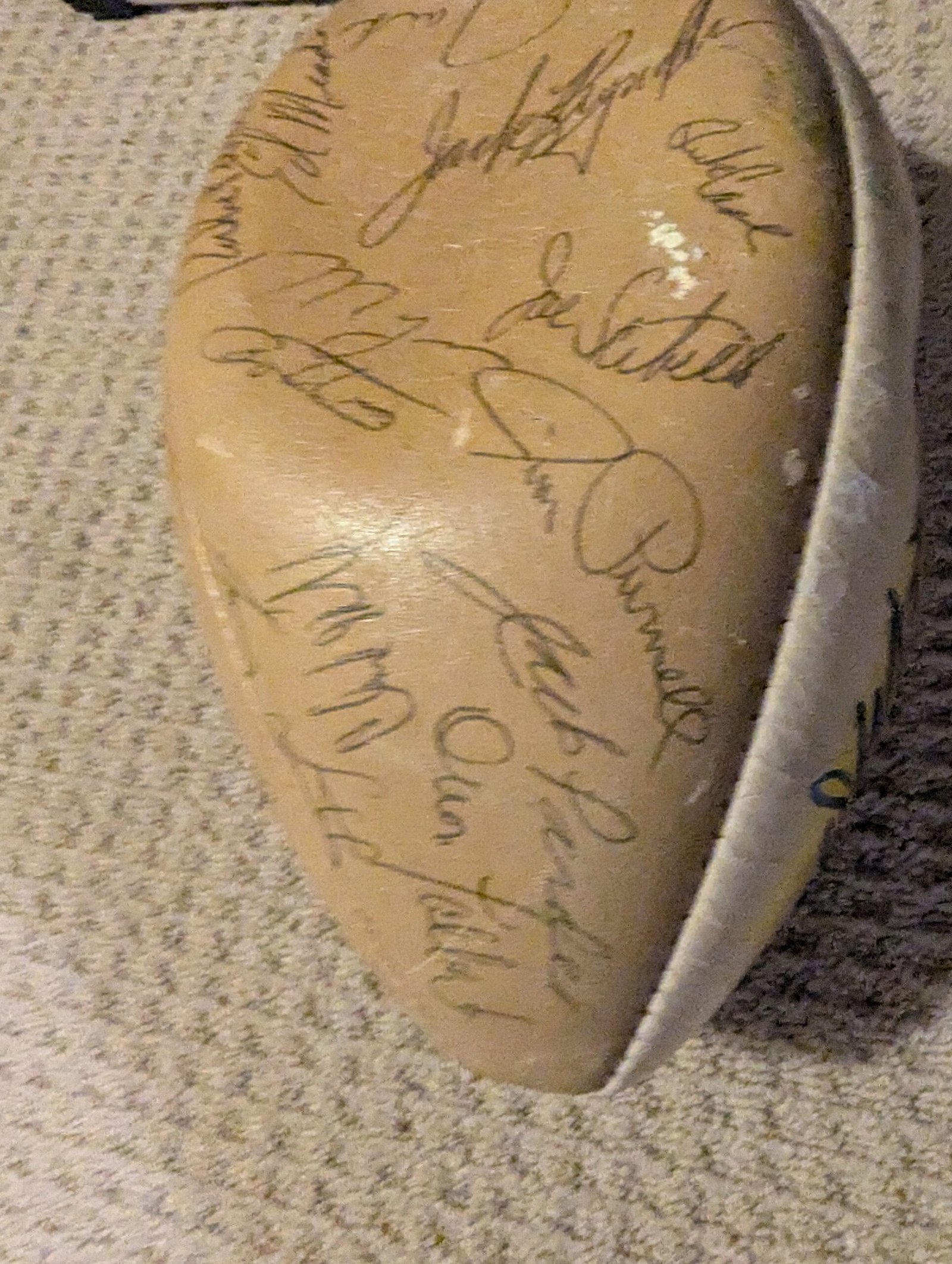
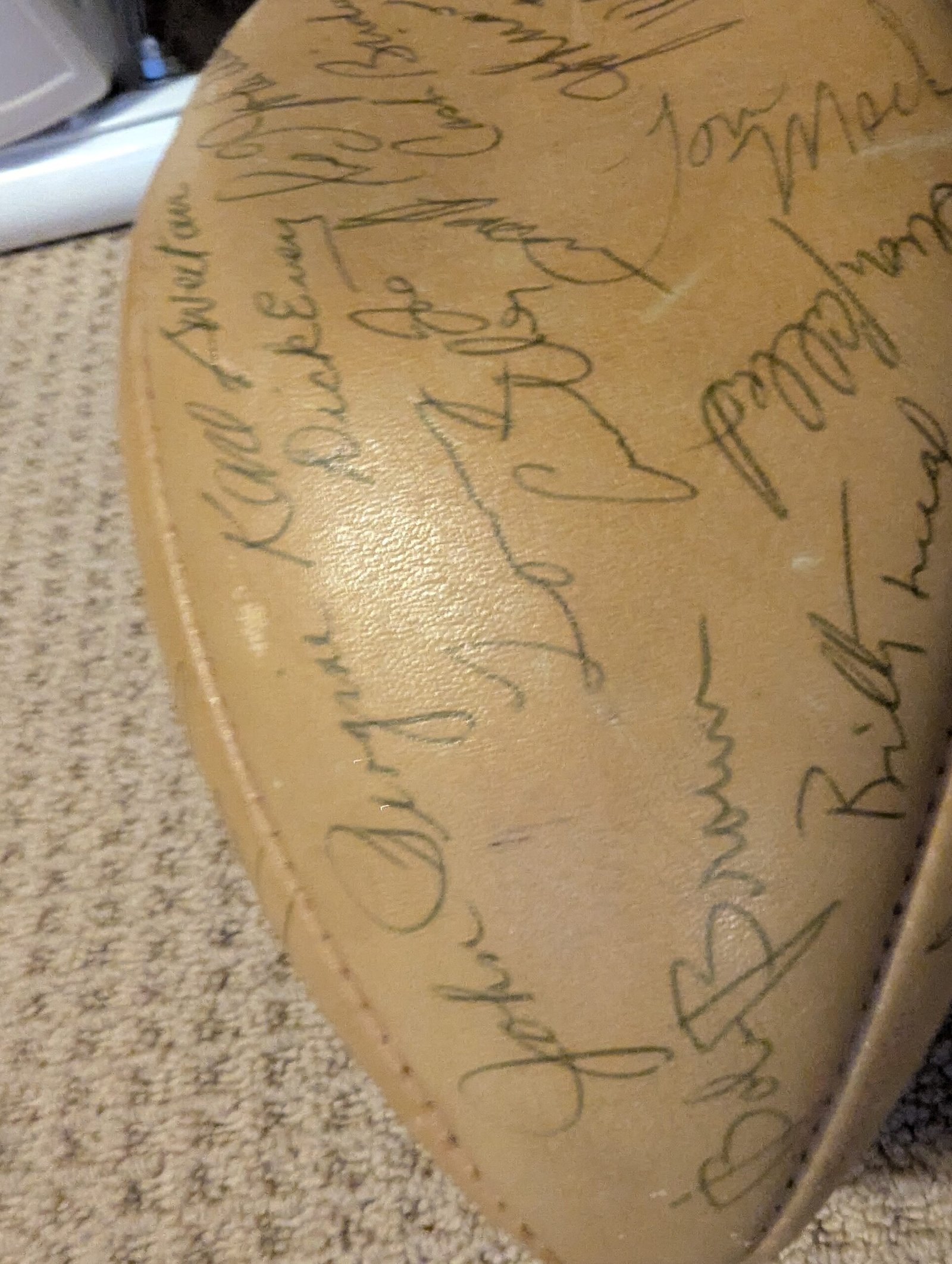
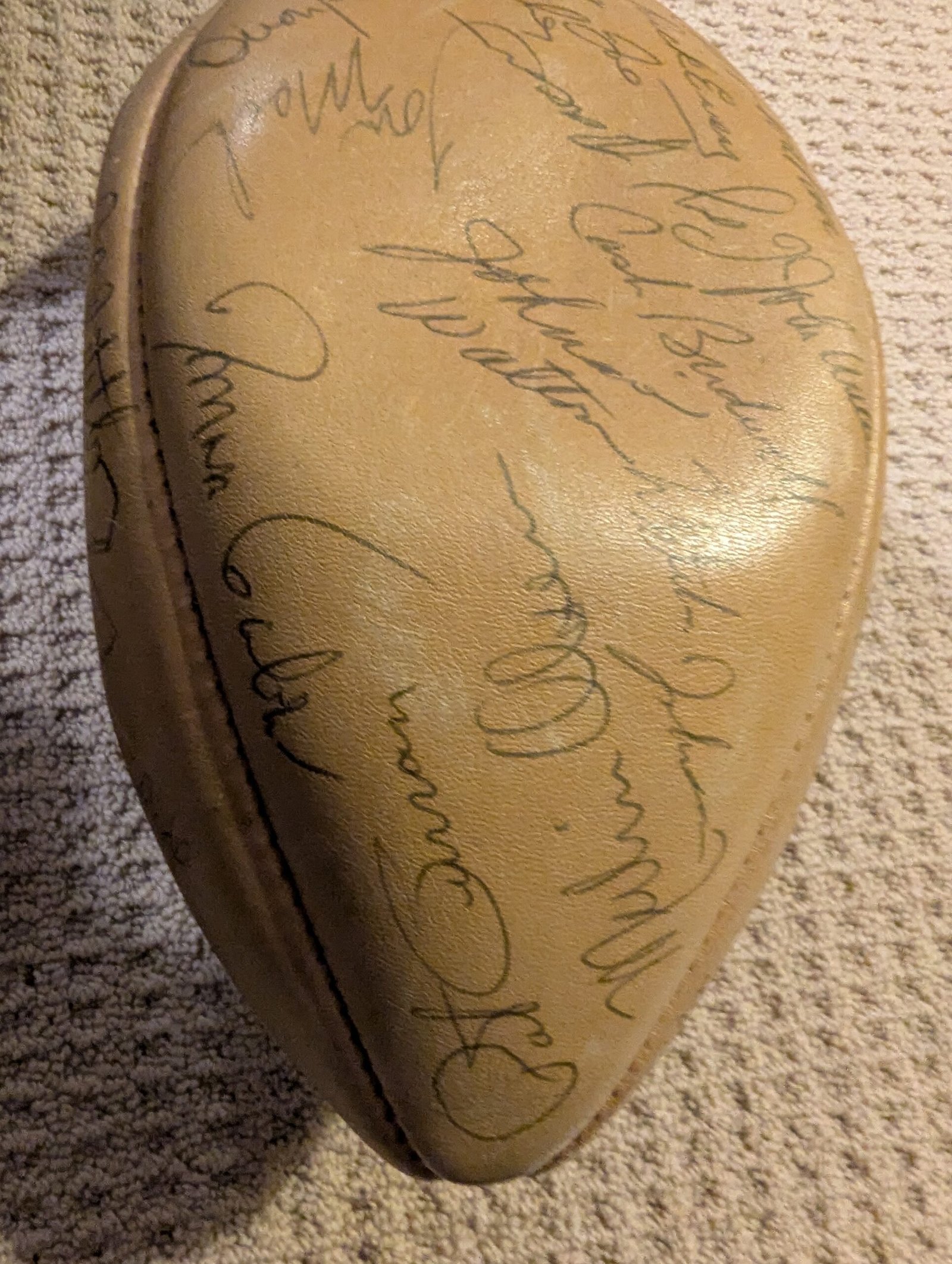

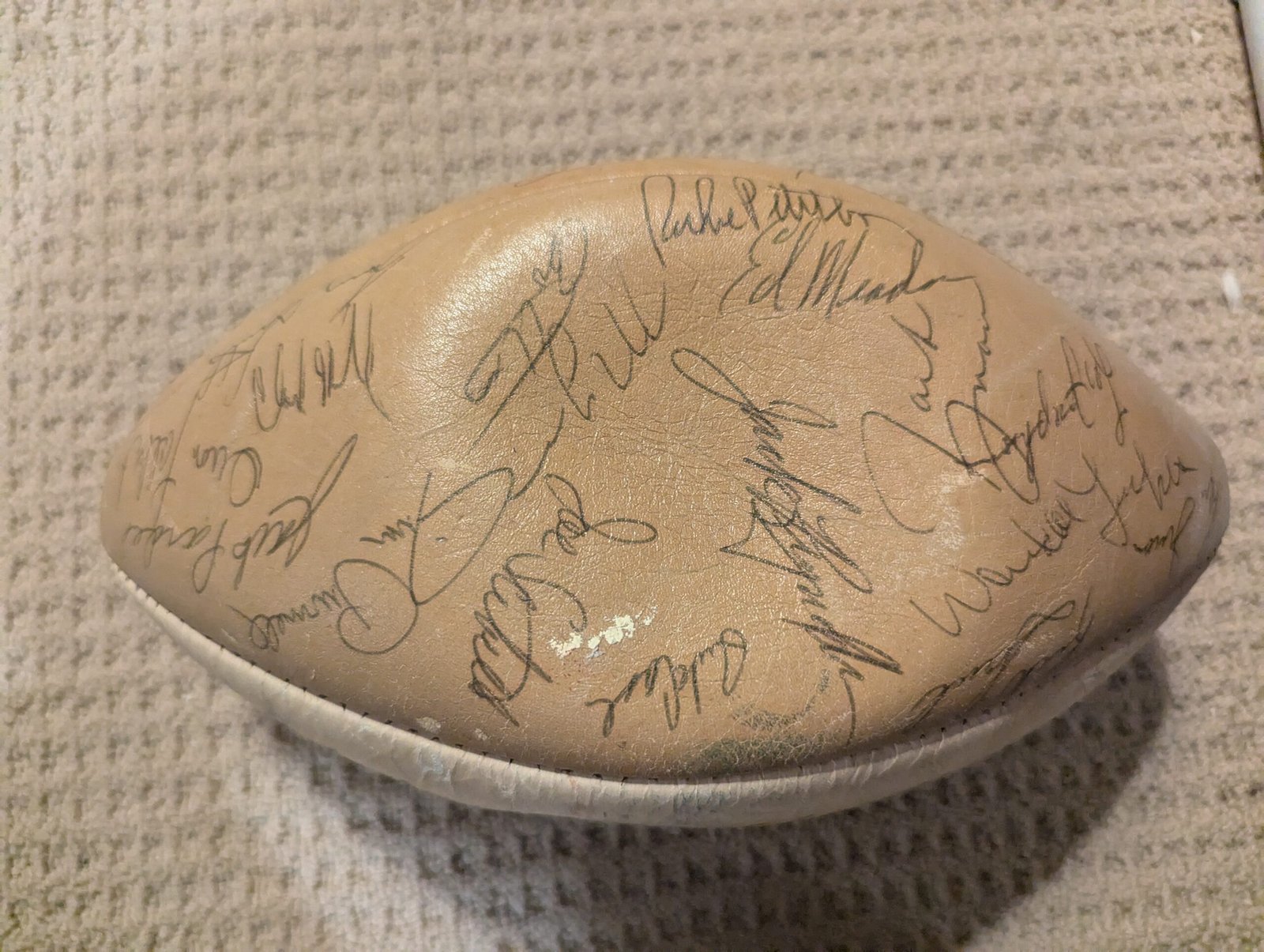

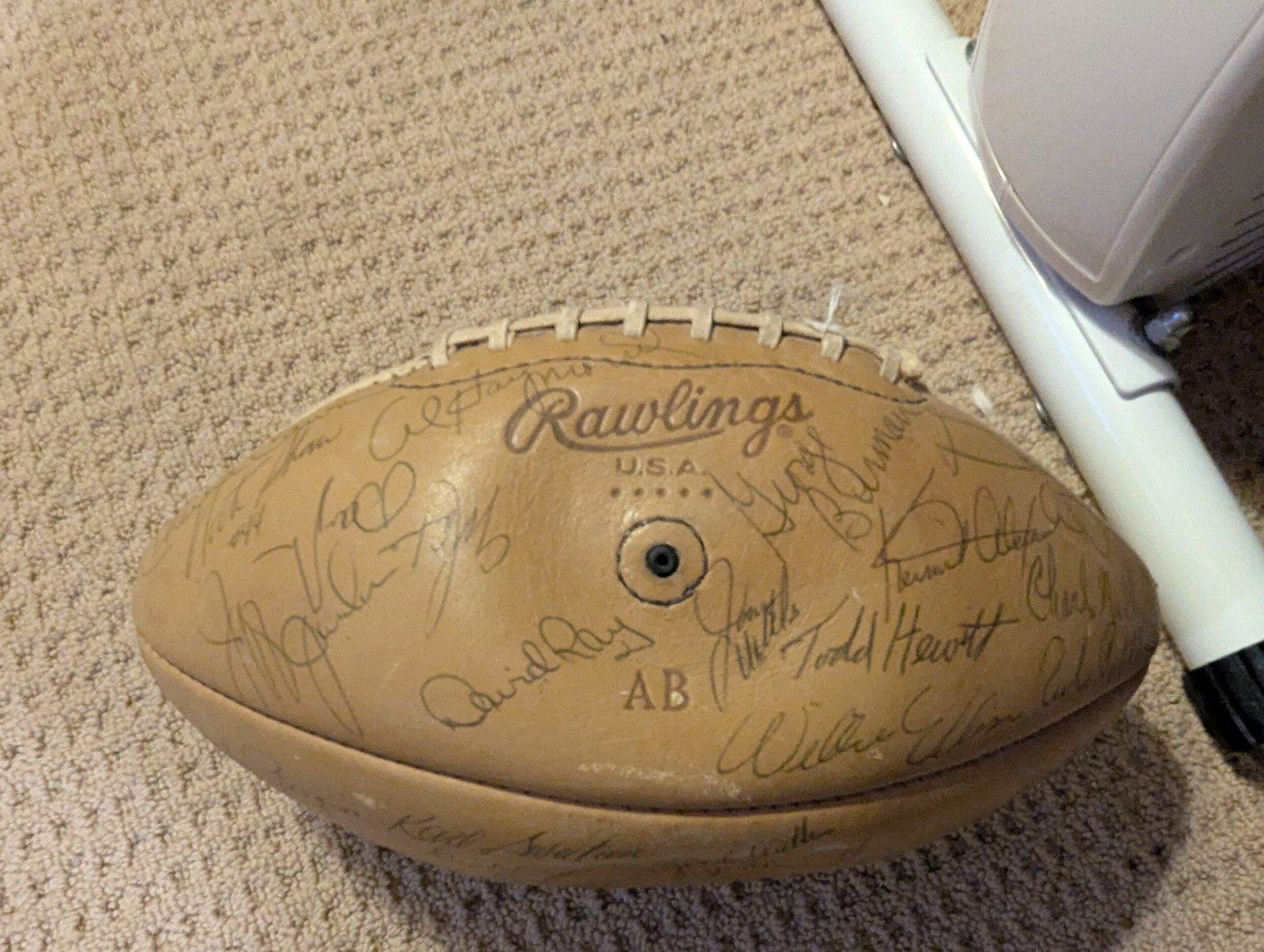

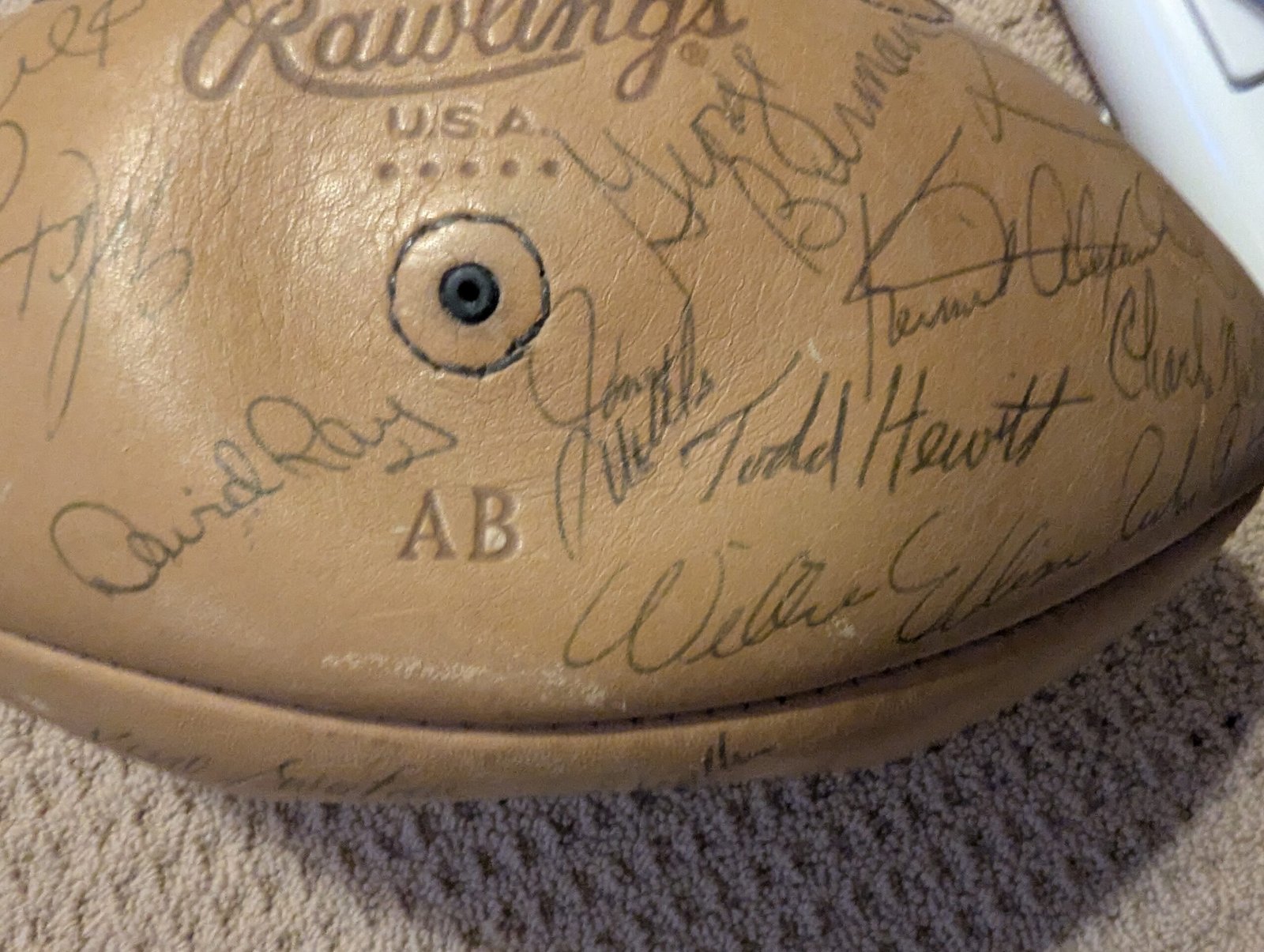

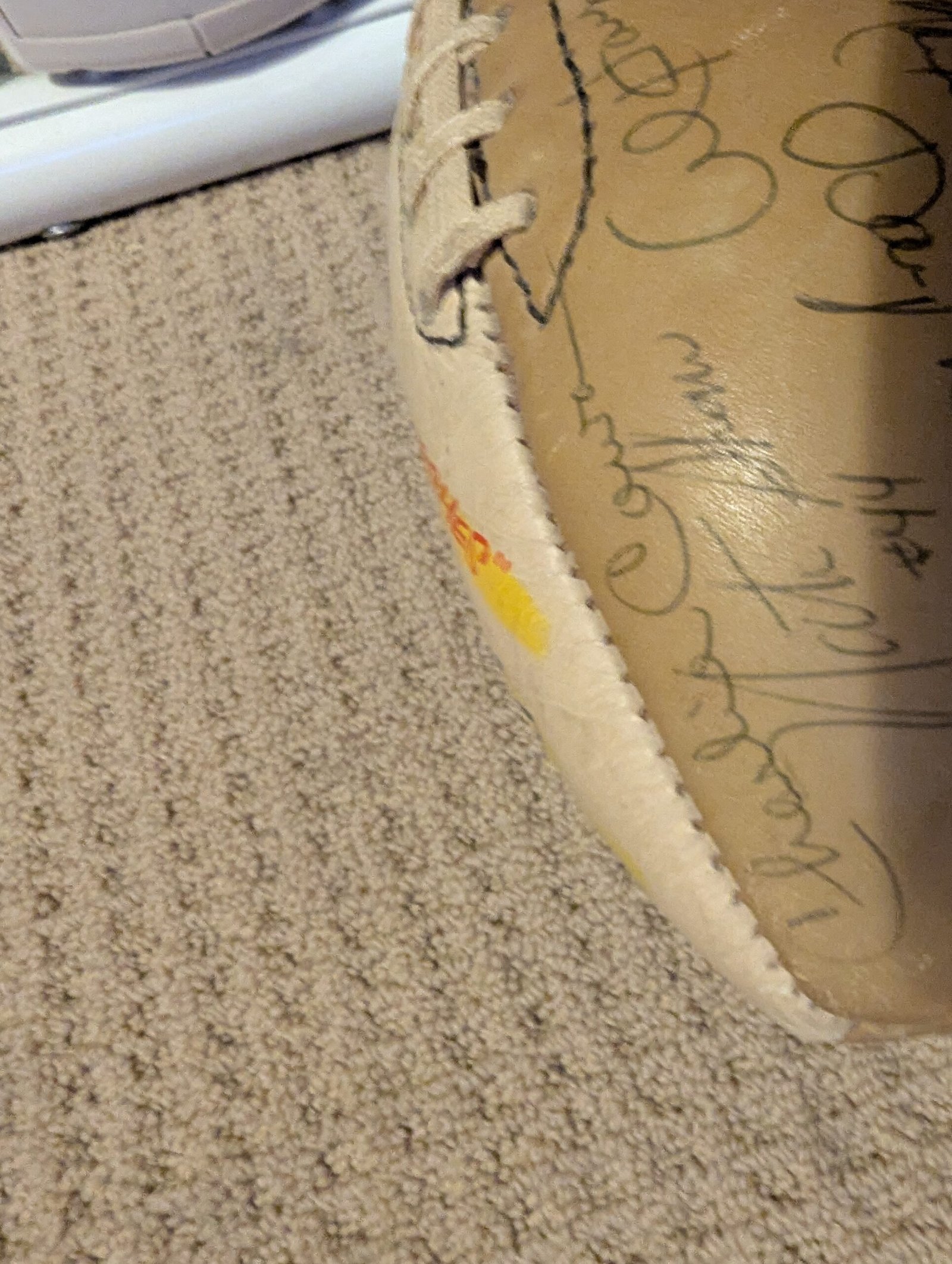
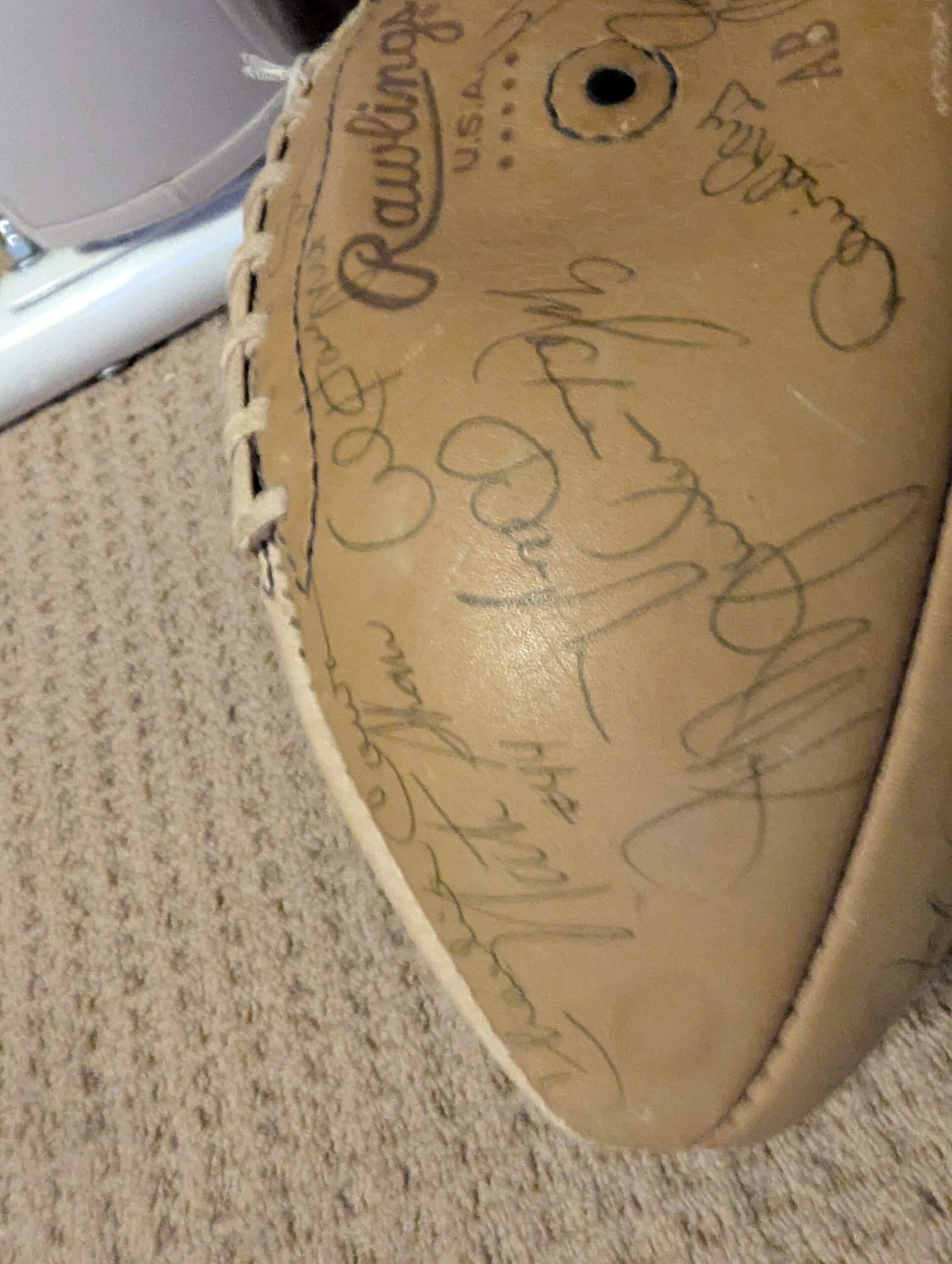
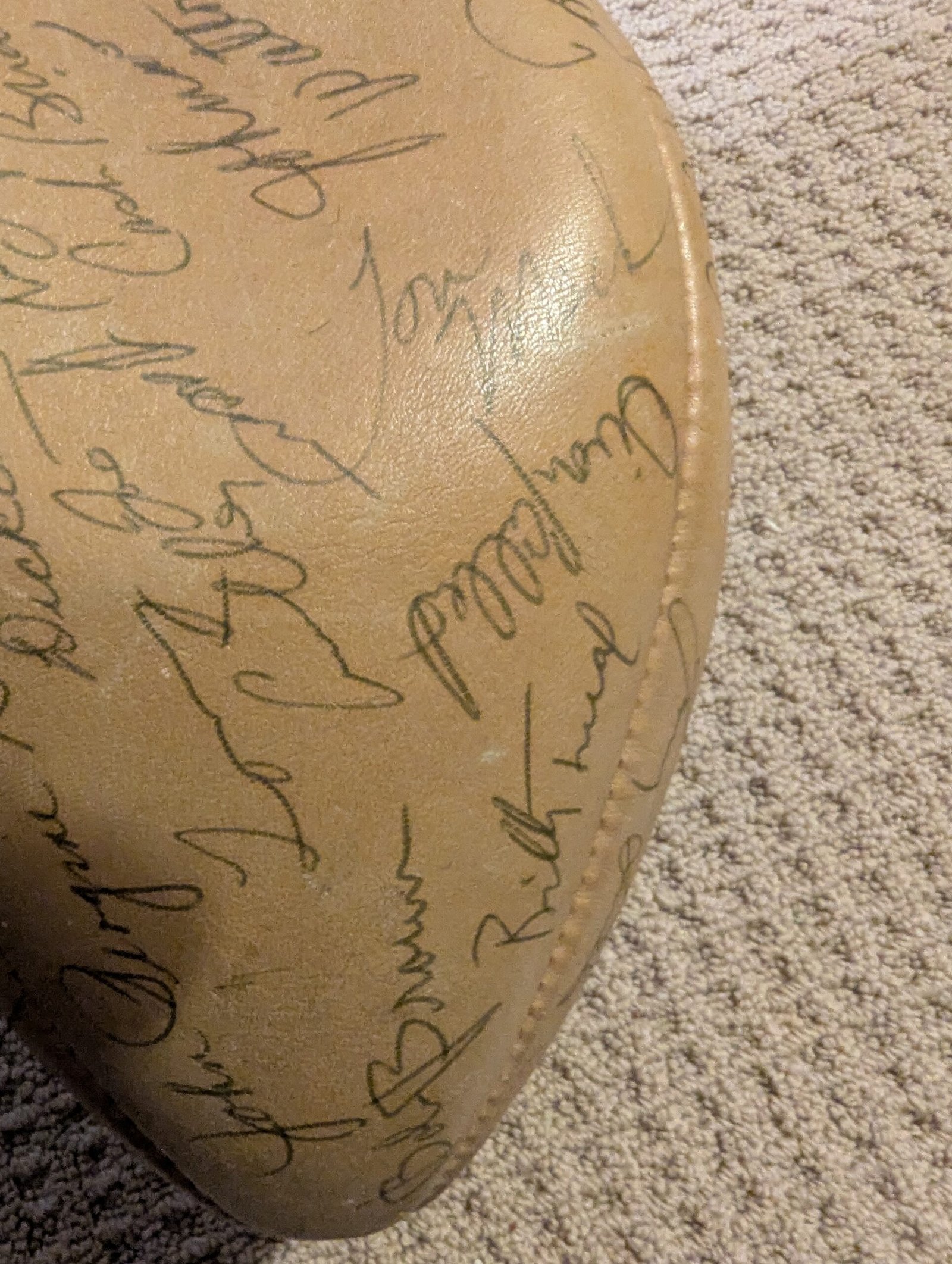
Here’s an overview of the 1970 season for the Los Angeles Rams:
Team Overview:
- Coach: The Rams hired George Allen as head coach in 1970, and his impact was immediate. Allen had previously gained success with the Washington Redskins and was known for his strong defensive focus. He inherited a team with a dominant defense but worked to improve the offense as well.
- The Rams continued to play their home games at the Los Angeles Memorial Coliseum.
- Defense was still the strength of the team, particularly with the Fearsome Foursome defensive line (Deacon Jones, Merlin Olsen, Rosie Grier, and Lamar Lundy), which remained one of the NFL’s best.
- On offense, the Rams were evolving with Roman Gabriel as their starting quarterback, and the team made strides in improving the offensive production.
Performance:
- Record: The Rams finished the season with a 9–4–1 record, which was strong enough to earn them a wild card playoff berth in the NFL Western Conference.
- Division: The Rams finished second in the NFC West behind the San Francisco 49ers (who finished with a 10–3–1 record), but the team still earned a spot in the playoffs based on their overall record.
- The team’s 9–4–1 record included a series of impressive victories, but they struggled against the 49ers, who ended up winning the division. Despite that, the Rams were a strong contender and had a good chance to go deep into the playoffs.
Key Players:
- Roman Gabriel: Gabriel continued to improve as the starting quarterback. His playmaking ability was crucial to the offense, and his leadership was one of the key components of the Rams’ success. Gabriel passed for 2,337 yards, 13 touchdowns, and 10 interceptions. While not a prolific passer by modern standards, Gabriel’s steady hand was crucial in the Rams’ success.
- Deacon Jones: Jones remained one of the top defensive players in the NFL. He was still an elite pass rusher and earned a Pro Bowl selection in 1970. His relentless pressure on opposing quarterbacks helped the Rams remain one of the league’s top defensive teams. Jones was a key figure on the defensive line, continuing to make a significant impact.
- Merlin Olsen: Olsen, another member of the Fearsome Foursome, continued his Hall of Fame-caliber play. He was an essential part of the Rams’ defensive front, earning his sixth consecutive Pro Bowl selection. Olsen’s ability to stop the run and disrupt plays was invaluable to the Rams’ defense.
- Rosie Grier: Grier remained a stalwart on the defensive line and was crucial in the Rams’ ability to control the line of scrimmage. His presence in the middle helped solidify the Rams’ run defense and pass rush.
- Lamar Lundy: Lundy, the fourth member of the Fearsome Foursome, continued to provide strength and stability along the defensive line.
- Les Josephson: The Rams’ leading rusher in 1970, Les Josephson contributed to the offense, running for over 700 yards and several touchdowns. He was an important part of the team’s offense, but the Rams’ ground game still lacked the explosiveness of other top teams.
- Jack Snow and Billy Waddy: As the primary receivers for the Rams, Jack Snow and Billy Waddy played key roles in the passing game. They provided reliable targets for Roman Gabriel, although the passing game wasn’t as explosive as other NFL teams.
Notable Events:
- Defensive dominance: The Fearsome Foursome was still in full force, and the Rams’ defense remained one of the most feared in the league. The Rams were one of the top teams in terms of stopping the run and applying pressure on the quarterback. They finished the regular season with one of the best overall defensive records.
- George Allen’s impact: In his first year as head coach, George Allen made an immediate difference, turning the Rams into a more disciplined, organized team. His focus on defense and team discipline helped bring the Rams back to postseason play, something they hadn’t achieved in recent years.
- Improved offense: The Rams’ offense wasn’t explosive, but it was efficient under Roman Gabriel. The combination of Gabriel’s steady play at quarterback and the solid running game, led by Les Josephson, made the Rams a balanced team that was tough to beat.
- Playoff berth: The Rams’ 9–4–1 record was good enough to earn them a wild card playoff spot, but they were ultimately unable to make a deep run in the playoffs.
Playoff Performance:
- NFC Wild Card Game (1970 Playoffs): The Rams faced the Minnesota Vikings in the NFC Wild Card game. The game took place in Minnesota, and unfortunately for the Rams, they were eliminated in a 23–20 loss. The Rams’ defense gave a strong performance, but the offense struggled to produce enough points to win the game. Roman Gabriel had a tough time against the Vikings’ defense, and the Rams couldn’t overcome the deficit in a close and hard-fought battle.
Legacy:
- The 1970 Los Angeles Rams marked a significant turnaround for the team. Under George Allen, the Rams returned to the playoffs for the first time in several years. Their defense, led by the Fearsome Foursome, was still one of the best in the league, and Roman Gabriel showed promise as the team’s quarterback for the future.
- George Allen’s arrival helped the Rams to become more disciplined and better organized, and his focus on defense helped them stay competitive in the highly competitive NFC West.
- Although the Rams were eliminated in the wild card round, the 1970 season laid the foundation for future success. The team was on the rise, and the next few years would see the Rams become one of the league’s top contenders.
- The Fearsome Foursome continued to dominate, but the offense still needed to improve in order for the Rams to become true championship contenders.
- Roman Gabriel’s development at quarterback was an encouraging sign for the Rams, and they were poised for future success with a balanced team.
In summary, the 1970 Los Angeles Rams marked the beginning of a new era under George Allen. The team’s 9–4–1 record earned them a playoff berth, and they were a competitive force in the NFC. While their playoff run was cut short in the wild card round, the foundation had been laid for future success. With a strong defense and Roman Gabriel continuing to improve as a quarterback, the Rams were set to be contenders for years to come.
Head Coach: *George Allen
|

